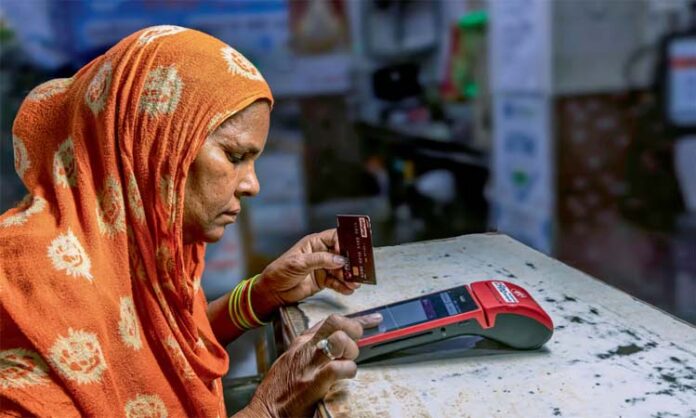The average monthly expenditure of rural households rose significantly from Rs. 6,646 in 2016-17 to Rs. 11,262 in 2021-22. The agricultural households reported a relatively higher consumption expenditure of Rs.11,710 than Rs. 10,675 for non-agricultural households. In states like Goa and Jammu & Kashmir, the monthly household expenditure exceeded Rs. 17,000. Overall, agricultural households demonstrated both higher income and expenditure levels than non-agricultural households.
Increase in Financial Savings: The annual average financial savings of households increased to Rs. 13,209 in 2021-22 from Rs. 9,104 in 2016-17. Overall, 66% of households reported saving money in 2021-22, compared to 50.6% in 2016-17. Agricultural households outperformed non-agricultural ones in terms of savings, with 71% of agricultural households reporting savings during the reference period, compared to 58% of non-agricultural households. In 11 states, 70% or more households saved money, with Uttarakhand (93%), Uttar Pradesh (84%),and Jharkhand (83%) leading. In contrast, states like Goa (29%),Kerala (35%), Mizoram (35%), Gujarat (37%), Maharashtra (40%), and Tripura (46%) saw less than half of households reporting savings.
Kisan Credit Card (KCC): The Kisan Credit Card (KCC) has emerged as a key tool for promoting financial inclusion in the rural agricultural sector, showing substantial growth in coverage over the past five years. In total, 44% of agricultural households were found to possess a valid Kisan Credit Card (KCC). Among those with land holdings greater than 0.4 hectares or those who had taken any agricultural loans from banks in the past year, 77% reported having a valid KCC.
Insurance Coverage: The percentage of households with at least one member covered by any form of insurance increased significantly from 25.5% in 2016-17 to 80.3% in 2021-22. This means that four out of every five households had at least one insured member. Agricultural households outperformed their non-agricultural counterparts by a margin of roughly 13 percentage points. Among different types of insurance, vehicle insurance was the most prevalent, with 55% of households covered. Life insurance coverage extended to 24% of households, with agricultural households showing slightly higher penetration (26%) compared to non-agricultural ones (20%).














